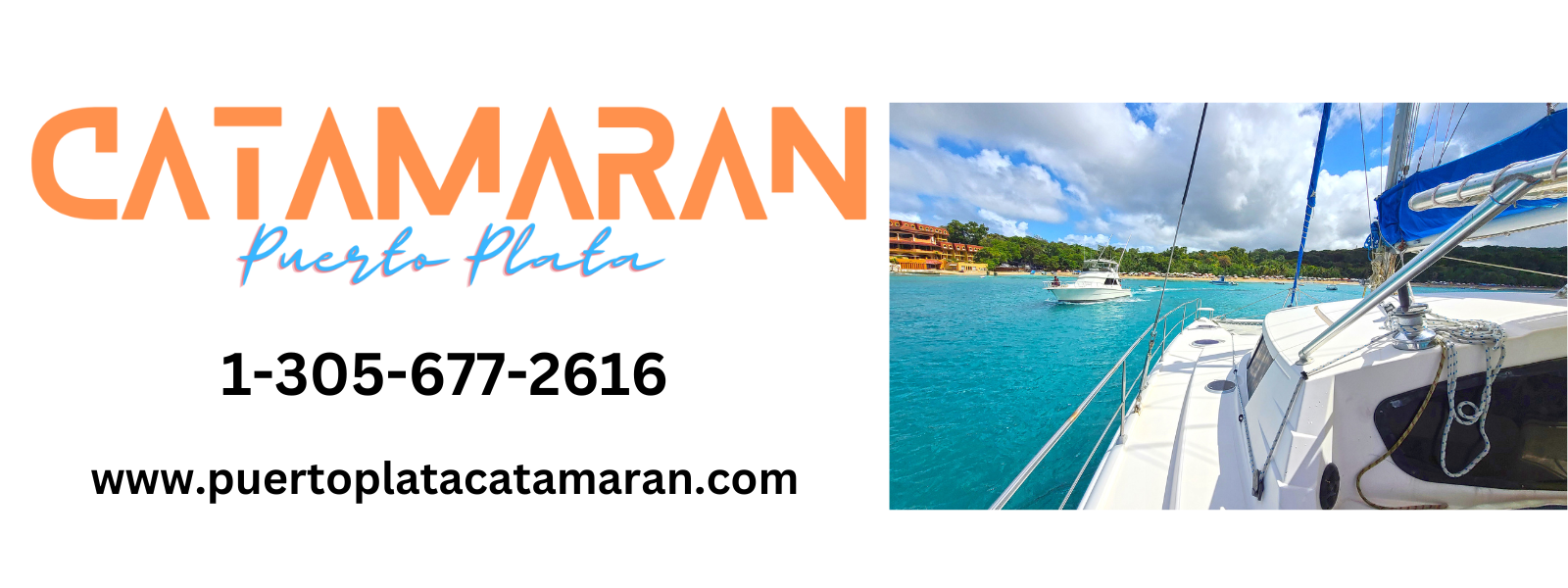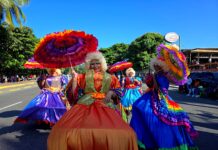The Dominican Republic has long been renowned as a haven for cigar enthusiasts and connoisseurs. Its lush landscapes, ideal climate, and rich tobacco heritage have positioned it as a global leader in the art of cigar craftsmanship. Dominican cigars are celebrated for their impeccable quality, complexity of flavors, and a remarkable ability to captivate the senses.
NAVIGATE THIS ARTICLE:
- Etymology
- Production Regions
- The art of Blending
- How to Choose a Cigar
- Anatomy of a Cigar
- Cutting a Cigar
- Lighting a Cigar
- Storage & Humidors
- Dominican Republic top 10 Brands
- Cigar Factory Tours
- Where to Buy Dominican Cigars

A Legacy of Tobacco Excellence:
The Dominican Republic boasts a deep-rooted history in tobacco (N. Tabacum) cultivation that can be traced back to the arrival of Christopher Columbus in the Caribbean. The fertile soil and optimal climate of the Cibao Valley farmland regions of Villa Gonzales, Tamboril, Gurabo and Navarrete provide the perfect conditions for growing tobacco with unparalleled flavor and aroma.
Etymology:
The English word tobacco originates from the Spanish word “tabaco”. The precise origin of this word is disputed, but it is generally thought to have derived, at least in part, from Taíno, the Arawakan language of the Caribbean. In Taíno, it was said to mean either a roll of tobacco leaves (according to Bartolomé de las Casas, 1552), or to tabago, a kind of L-shaped pipe used for sniffing tobacco smoke (according to Oviedo, with the leaves themselves being referred to as cohiba).

Unique Cultivation Techniques:
The journey of a Dominican Republic cigar begins with the careful cultivation of tobacco plants. Local farmers employ traditional methods, combining their expertise with modern agricultural practices to cultivate the finest tobacco leaves. The plants are nurtured under the Caribbean sun, benefiting from the fertile soil and tropical climate. The skillful farmers monitor the growth and meticulously select the best leaves for use in premium cigars.
Production Regions:
Production, according to the regions into which the country is divided, is segmented as follows: In the southern zone (Azua, San Juan de la Maguana, and Elías Piña), there are 12,181 hectares planted; in the northern zone (Santiago, La Vega, Espaillat, and Puerto Plata), there are 54,909 hectares; in the northwest zone (Valverde, Santiago Rodríguez, and Montecristi), there are 36,562 hectares; and in the central zone (Sánchez Ramírez, Monte Plata, and Hato Mayor), there are 910 hectares under active cultivation.

The Art of Blending:
One of the distinguishing features of Dominican Republic cigars lies in the art of blending various tobacco leaves to create a harmonious and flavorful smoking experience. Master blenders possess an intricate understanding of the different types of tobacco grown in the Dominican Republic, such as Piloto Cubano, Olor Dominicano, and Criollo, among others. Through careful selection and skillful combinations, they create unique blends that balance strength, aroma, and complexity.

Craftsmanship and Expertise:
The process of transforming the carefully cultivated tobacco leaves into a meticulously rolled cigar is an art form in itself. Skilled torcedores (cigar rollers) meticulously handcraft each cigar, paying attention to every detail. From selecting the appropriate wrapper leaf to rolling and shaping the cigar, their expertise ensures consistency and excellence in every smoke. Their nimble fingers, honed through years of experience, create cigars with precise construction, allowing for an even burn and a smooth draw.

A Symphony of Flavors:
Dominican Republic cigars are revered for their rich and complex flavor profiles. The carefully curated blends result in cigars that offer a multitude of taste sensations. From notes of earth, cedar, and leather to hints of spices, cocoa, and coffee, each puff unveils a symphony of flavors that tantalizes the palate. The aging process further enhances the complexity and smoothness of the cigars, allowing the flavors to meld and develop over time.
How to Choose a Cigar:
Strength, shape and size will be the first considerations for those who are new to the world of cigars, then you will learn to select based on character and proper blends. Choose among mild, medium, and bold, as it determines the amount of nicotine, and thus the intensity and gastric reaction.

Mild is the best for starters, as those are lighter, with mellow flavor. Medium cigars are for experienced smokers, offering the great flavor of milds, but with higher intensity. Bold (full) cigars are the strongest, only enjoyed by experienced aficionados due to their intense punch, and generally paired with scotch or coffee to balance their intensity. These are better enjoyed after a hearty meal, or you might feel a bit dizzy.
A BRIEF CIGAR INITIATION GUIDE:
Anatomy of a Cigar:
A cigar consists of several key components that contribute to its overall structure and smoking experience. At the head of the cigar, there is the cap, which is a small piece of wrapper leaf used to seal the cigar and keep it intact. The cap needs to be cut or pierced before smoking. Moving down, we have the wrapper, which is the outermost leaf that gives the cigar its appearance and provides a majority of its flavor.

Underneath the wrapper, there are the binder leaves, which hold the filler tobacco together. The filler is the blend of tobacco leaves that make up the core of the cigar, providing the bulk of its flavors. The filler can be a mixture of different types of tobacco, such as ligero, seco, and volado, which contribute to the cigar’s strength and complexity. Finally, at the foot of the cigar, there is an open end that is lit for smoking, allowing the smoke to be drawn through the cigar and enjoyed.
Cutting a Cigar, the right way:
A cigar has a head and a foot. At the head of a cigar, you’ll be removing a thin portion of the cap. A cigar is capped to prevent the cigar wrapper, which is rolled from foot to head, from unraveling. The cap also shows a cigar newbie what end of a cigar NOT to light.
You cut the cap before you torch the foot of a cigar. The foot of a cigar is open-ended. This is the end you’re going to toast and light, so there’s no need to cut the cigar foot. The three most popular cigar cuts are the straight cut, punch cut and V-cut.

How to Properly Light a Cigar:
The right way to light a cigar is by patiently holding the cigar foot (open end) above the end of the flame, slowly turning it to achieve an even burn of its main components (wrapper, binder and filler). Butane lighters and wooden matches are the right option. Once you notice the edges of the wrapper are thinly blacked, take your first puffs. The video below from Davidoff of London is an excellent example:
Storage & Humidors:
Storing cigars in the proper conditions is just as important as the whole production process, so before you make an investment in fine cigars it is a good idea to know how to store them. The accepted best storage conditions for cigars require 70 percent humidity and a temperature of around 68 degrees Fahrenheit.
When left in an environment that is too dry, especially a heated or air-conditioned room, cigars can become dry enough that they burn too hot, thus ruining the flavor. There are humidors you can buy of all sizes and capacity, you can start with a portable one made of Spanish cedar wood. The best ones will include a thermometer and humidity packs.

Global Acclaim and Recognition:
The mastery of Dominican Republic cigars has not gone unnoticed by the global cigar community. Cigar aficionados around the world seek out these exceptional creations, recognizing their unparalleled quality and craftsmanship. The Dominican Republic has become a hub for prestigious cigar brands, attracting renowned manufacturers who harness the region’s tobacco legacy to create their finest offerings.
Preserving Tradition, Embracing Innovation:
While rooted in tradition, the Dominican Republic cigar industry also embraces innovation. Cigar makers continually experiment with new techniques and processes to push the boundaries of flavor and craftsmanship. This blend of tradition and innovation ensures that the Dominican Republic’s cigar industry remains vibrant and continues to captivate cigar enthusiasts worldwide.
Fuente Opus X: Dominican Republic’s Finest Cigar
There is no better cigar to represent the Dominican Republic’s finest than one made entirely from Dominican tobaccos: binder, filler, and wrapper. The most sought-after Dominican Puro in the world is Fuente Fuente Opus X. Carlito Fuente blended this prized profile over many years with the utmost patience in growing a wrapper leaf in the Dominican Republic – a feat many said he would never achieve.

A rich and oily wrapper grown on the Chateau de la Fuente estates embraces an extensively aged core of Dominican long-filler tobaccos that deliver undertones of leather, cedar, oak, figs, and spices with an exquisite and potent finish.
Dominican Cigars Top 10 Brands:
- Arturo Fuente
- La Flor Dominicana
- Cohiba
- Davidoff
- Romeo & Julieta
- Montecristo
- Partagás
- H. Upmann
- Macanudo
- La Aurora
CIGAR FACTORY TOURS
Dominican cigar factory tours are available in Santiago departing from Puerto Plata. The tour includes a tasting, explanation of the production process and historic information. Visit the Cigar Factory Tour page for more information on the cigar factory tours, there is also a tour in Puerto Plata that visits several cigar clubs that feature the cigar rolling experience.
Davidoff Factory Tour, Villa Gonzales
Where to buy Dominican Cigars:
There are many stores and gift shops selling Dominican cigars, but beware that only those with proper humidor conditions will sell you the right stuff. Keeping cigars within the right temperature and humidity conditions is vital to enjoying them. In Puerto Plata there are several places, we specially recommend The Puerto Plata Cigar Club and in Sosua Cubano Cafe.
Audio Version: Listen to this article podcast, click the banner below.
Recommended Sources:













